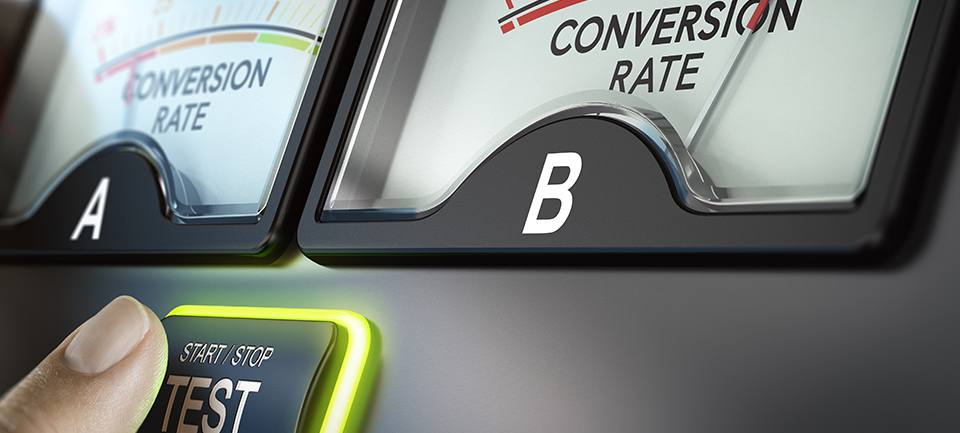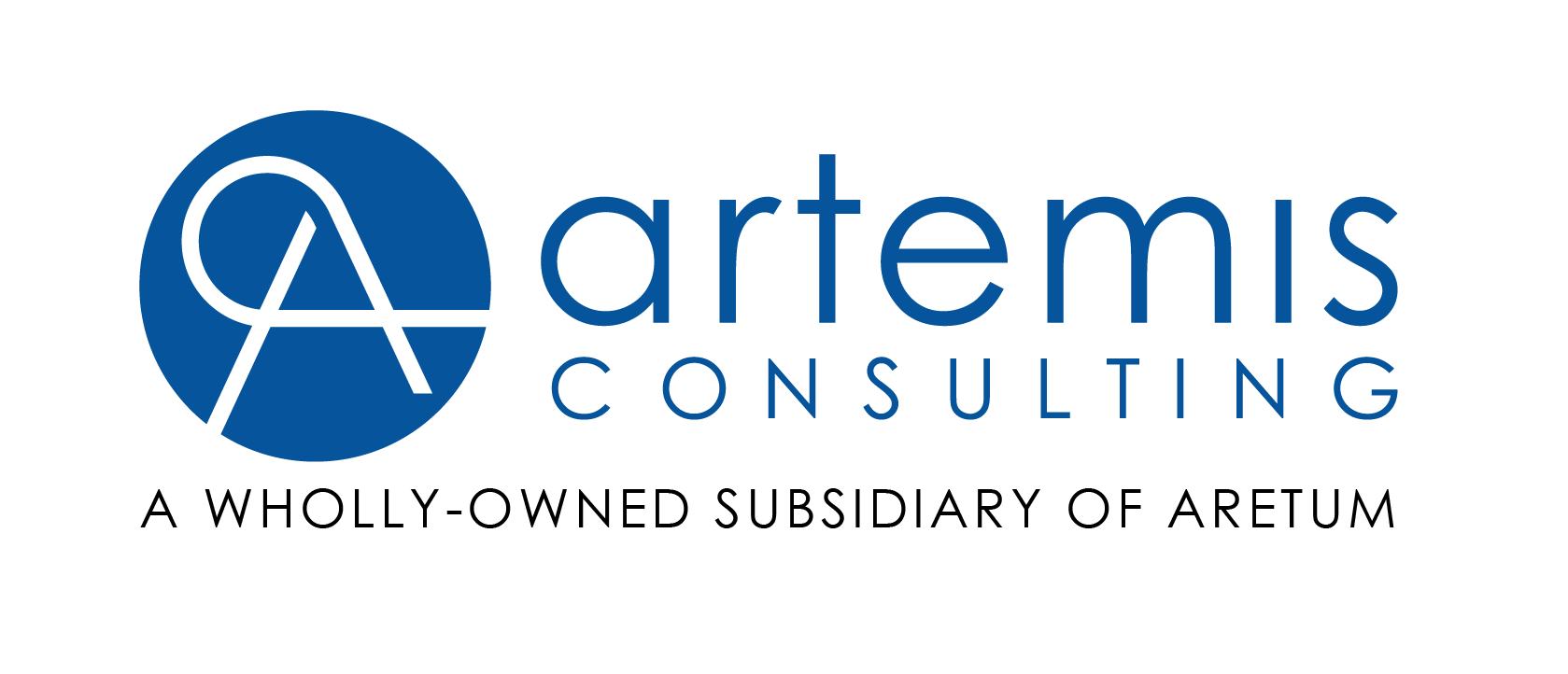Perfect the Digital Product through Continuous Testing
After implementing the designs, it is helpful to check back with users and ensure the solution fully solves their problem(s). Validation of the prototype or some form of hi-fidelity mockup is a crucial step in determining whether the design appeals to users. The UX team should always be evaluating the product to identify any major usability problems to improve on them. During the user testing sessions, the UX team can also have clients and stakeholders evaluate the product for feedback.
USER TESTING APPROACHES
- Unmoderated testing occurs when users evaluate the product on their own time or in their own environment. They can be used to complete structured tasks and allow for quicker user feedback. Online tools have the capability for allowing users to participate, offer feedback and record the session without any moderator.
- Moderated testing is used when there is a need for follow-up Q&A or if the product is complex and requires the moderator to provide input. It also enables the moderator to obtain immediate feedback during the process, as well as observe behavior and non-verbal cues.
As was done during the user research phase, quantitative and qualitative surveys can be used for obtaining feedback during the evaluation stage. Questionnaires or interviews can be used to solicit input to identify areas of difficulty from users after developing prototypes. Any pain points or issues identified can them be applied to update the design as needed. Notably, if significant changes are required, the UX team can go back to earlier phases in the design process to obtain what is needed.
During this iterative process, the UX team will work with the development team during the next phase to continually improve on the design, answer questions during development and verify the product matches the specifications.

A/B TESTING
A/B testing, also known as split testing, can be used to test the design of a digital product. In this method of testing, one segment of users is shown one version of the site and another segment is shown a different version, enabling the UX team to assess how users are interacting with different elements. This type of testing can assist with determining which page layout approach to implement, preferences for different elements, or to improve the prototype design on an ongoing basis. In deciding what to test, it is important to think through how easy or difficult it is to implement and how much of an impact it will have on the metrics you are using to measure success.
CONTINUOUS IMPROVEMENT
Given the iterative nature of UX design, user testing is often done throughout the entire process. Ideally, it is conducted with an existing product when user research is occurring, again after sketches or lo-fi wireframes, again with a clickable prototype, and then again after development of a working digital product. Feedback on the product is a continuous loop of obtaining input via testing and working toward perfecting the product over time through research and analysis.
CHECKLIST
- Utilize appropriate testing—surveys, interviews, moderated or unmoderated user testing, A/B testing—to identify problem areas in interaction with the digital product
- Validate in small groups with trials repeated several times during the process to ensure outcome is optimal for development
- Address aspects of functionality that are most and least important to users
- Identify what users would keep, add or remove from the design and update accordingly
- Learn if there are better ways of presenting information that is more meaningful to users
KEY QUESTIONS
- How well does the design meet users’ expectations overall?
- Have all pain points and challenges been addressed?
- Are any features or functions missing or confusing?
- What other ways can the user experience be improved?
- Were assumptions about the product design accurate? What user needs were different?
- Has feedback been collected regularly?
- Have client and UX teams’ assumptions been tested?
- How often is the website, app or system being updated based on user feedback?
- Are there other usability metrics that can be used to gauge success of prototypes?
- What online tools could be used to make the website or app meet WCAG and Section 508 requirements?
